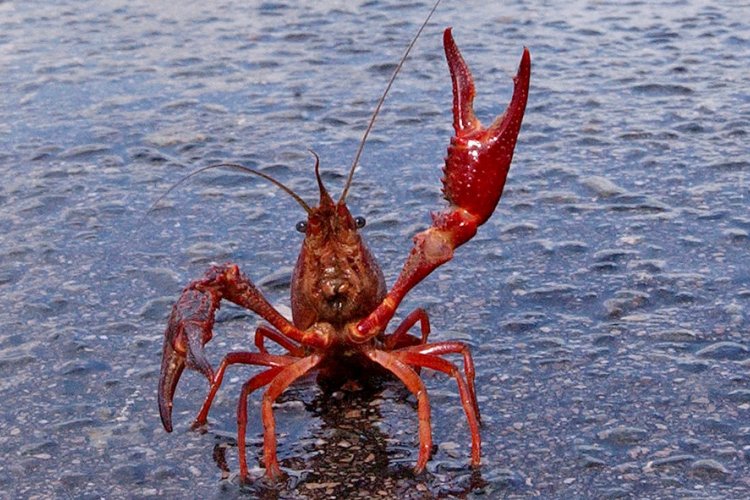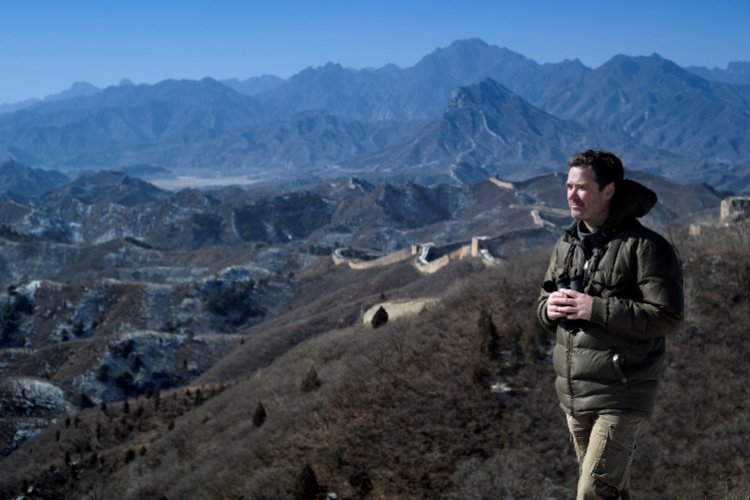Gone Fishing? What the Finless Porpoise Is Telling Us About Our Rivers
Zhang Jinzhi has been casting nets upon the Yangtze his whole life. Now the third-generation carp fisherman has found himself tangled up in controversy. The World Wildlife Fund (WWF) has cited overfishing as a primary cause for the finless porpoise becoming endangered in China. Some may assume the water mammals to be victims of poaching, but it’s not that simple. The truth is as murky as the river waters of their dwindling habitat.
“We never catch dolphins because we believe that catching them will give us bad luck,” Zhang says in defense of the average Yangtze fisherman. “Besides, I don’t know anybody that would buy it, so we can’t sell it.” Instead, the fishermen are filling their nets with krill and crab – and thereby starving the river dolphins of their food supply.
Zeng Ming, a WWF spokesperson, sympathizes with fishermen like Zhang but emphasizes that lack of ill intent does not make their practices any less deadly. “Normally, fishermen revere this special dolphin species,” Zeng says. “Generally they don’t catch [the dolphins]. But illegal fishing tools, like gill-nets and electric fishing, will sometimes injure or even kill them.”
Tang Jing, a volunteer in one of WWF’s recent rescue campaigns for the finless porpoise, agrees that those fishermen’s relationship with the dolphins is far more nuanced than it appears. “Fishermen have always used porpoise appearances to predict the suitability of the river that day, while the dolphins play with them and spray them,” she says.
Zhang appreciates that nuanced view, though he dismisses as naive the idea that he and other fishermen have a mythical kinship with the porpoise. “There are stories about how dolphins can help us find clean water, but it’s not true,” he says. “We do believe the dolphins are very smart, though. It’s also true that we don’t know enough about them.”
Instead, Zhang points the finger at fishermen who use illegal small-holed nets that catch the tiny fish at the bottom of the food chain. He says that laws regulating fishing tools and equipment should be better enforced because feeder species affect the survival of anything that swims in the Yangtze. At this point, he says, even an aquaculture reseeding of the river’s small-fish population could not save the porpoises’ food supply. The number of illegal nets sweep up even the tiniest fish that might serve as fodder for the dwindling dolphins.
“Even if the government put new small fish in the river, the small nets will catch them all when they grow bigger next year,” he says, adding that fishermen guilty of those practices should be prosecuted.
Food shortages are far from the only threat to the finless porpoises’ survival, and the WWF is taking a broad-based approach in its rescue campaigns. Aside from overfishing and last summer’s drought (which brought water levels to a record low), the NGO cites climate change, pollution from bridge and dam construction, and sand digging as contributing factors. Dredging at the river’s bottom – which literally muddies the waters and reduces visibility for the porpoises – has been somewhat stemmed by government regulation, but the WWF is pushing the Chinese government to further regulate sand digging as well as shipping routes. Zeng says their dolphin rescue campaign also includes advocating further government control of water pollution and funding to build nature reserves for the finless porpoise. But the floundering status of the WWF’s biggest dolphin appeal is a true indication of how little progress has been made. In recent months, the WWF has been lobbying the Chinese government to upgrade the finless porpoise from its current Grade II conservation category status to Grade I (maximum level of protection).
“Because China has too many endangered species to be protected, both terrestrial and aquatic, we need to wait for the related government agency to collect all the animal lists that need to be upgraded, and go through the legislation process step by step,” Zeng says.
Tang calls the lack of progress disappointing but not surprising. “An NGO’s power is limited. They don’t have a direct impact on policy and regulations,” she says. “The majority of the people may care about endangered animals, but some believe they have no relationship with us and are indifferent.”
Another benchmark in the WWF’s rescue campaign may be equally difficult to attain. Zeng says the WWF hopes to lengthen the fishing ban in the Yangtze River beyond the current seasonal prohibition.
Some may fear such restraints could threaten fishermen’s livelihood. But Zhang admits that such a ban, no matter how costly, could be the only thing that saves the Yangtze’s fishing industry. “I haven’t fished yet this year, not because of any bans, but because there’s nothing there to fish,” Zhang says. “Three or four years ago we must have had thousands of dolphins. We could see them every day. Now we don’t see any. There’s not enough fish. I don’t even see birds coming seasonally to feed anymore.”
Zeng says this current downward trend could turn into an economic and ecological chain reaction. “The finless porpoise represents the health of the Yangtze River ecosystem. A Yangtze River that can’t sustain them will no longer be suitable for human beings’ survival in the future. We want people to cherish this adorable and important dolphin species as much as the endangered giant panda. They represent the river ecosystem and forest ecosystem, respectively.”
Tang agrees that neglecting these vulnerable creatures would be more than immoral. “These dolphins are the Yangtze’s environmental benchmark,” she says. “Its survival is a response to the state of the river and the ecological quality of lakes. It occupies one of the highest levels in the food chain, and plays an important biological role.”
“We need to protect them,” Tang adds, “because what benefits the finless porpoise also benefits humanity itself.”
Click here to see the March issue of the Beijinger in full.






